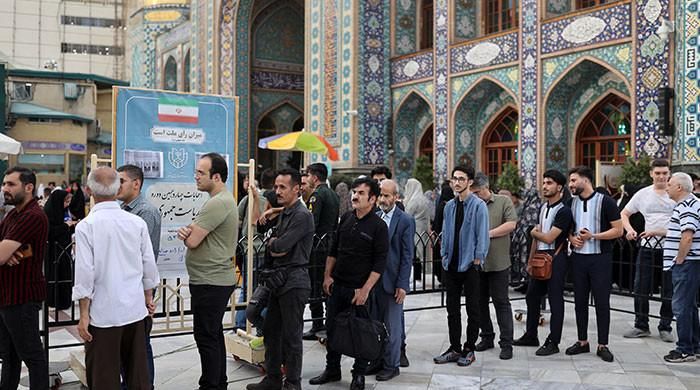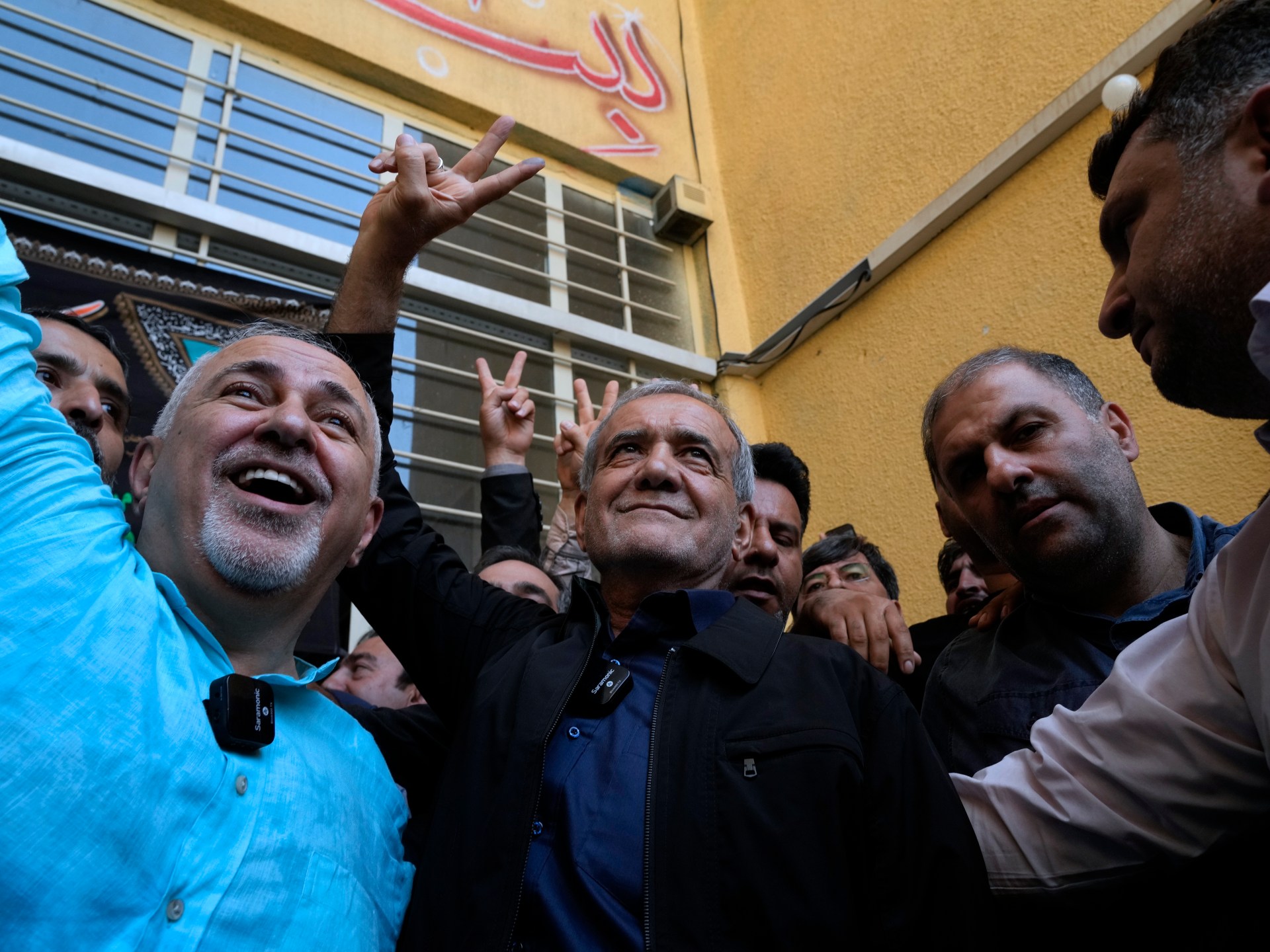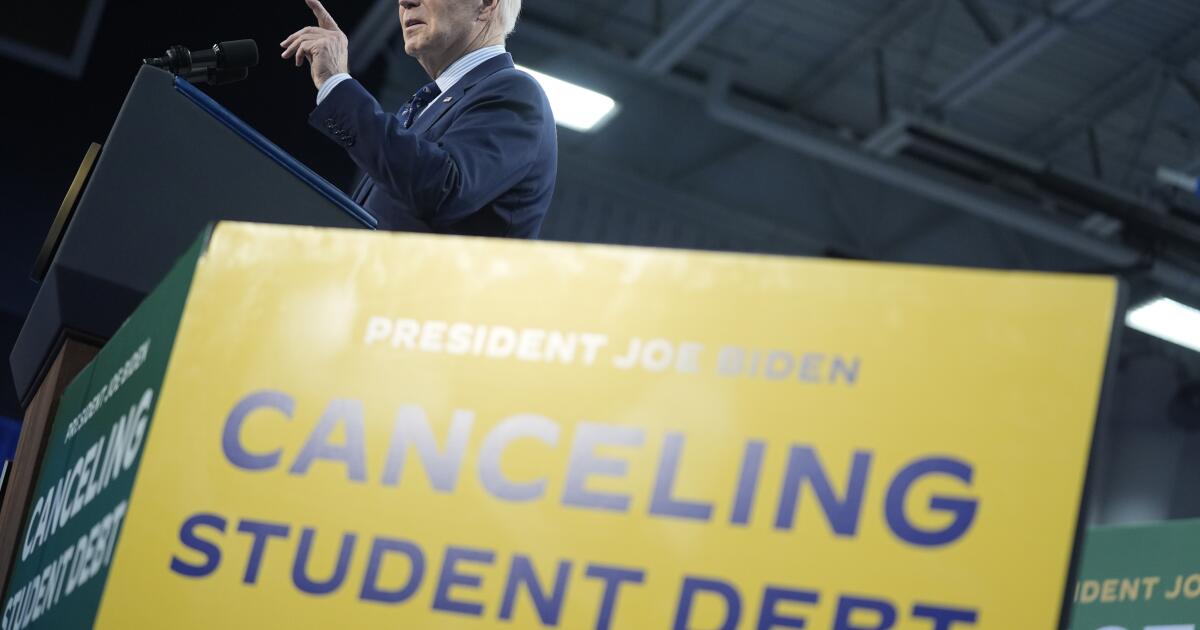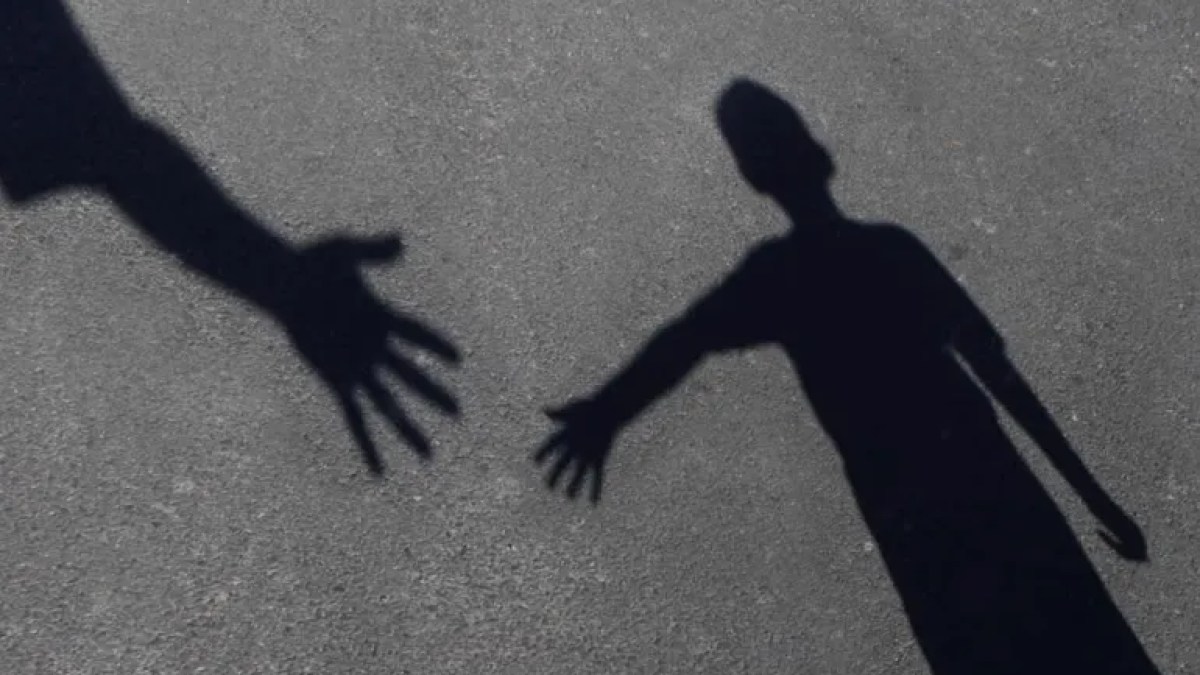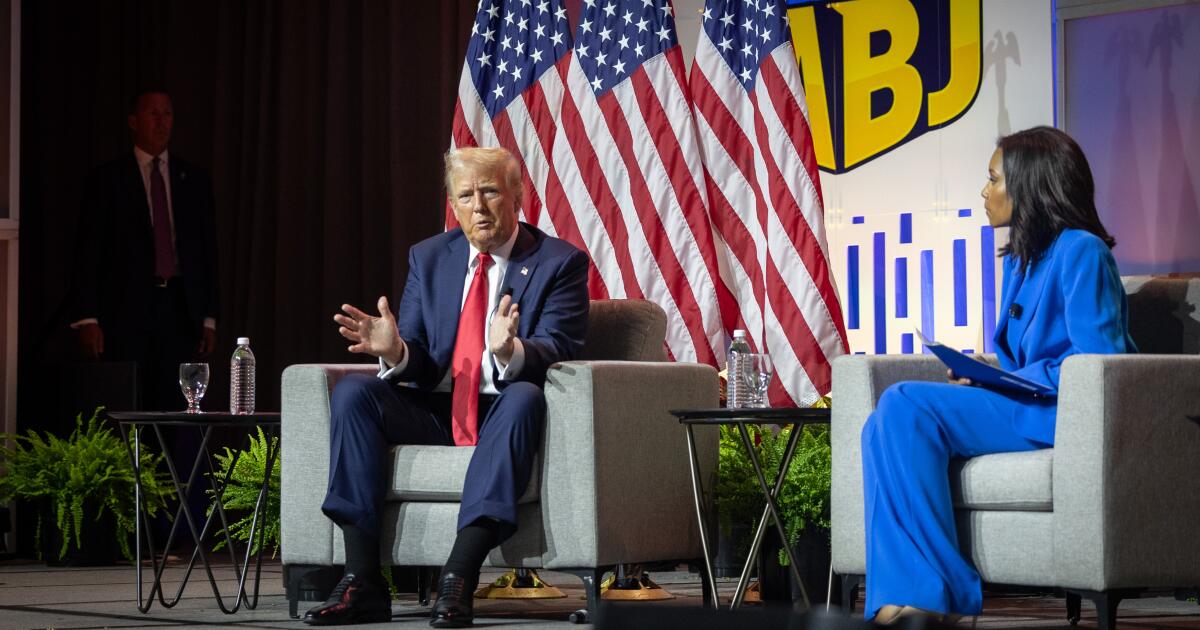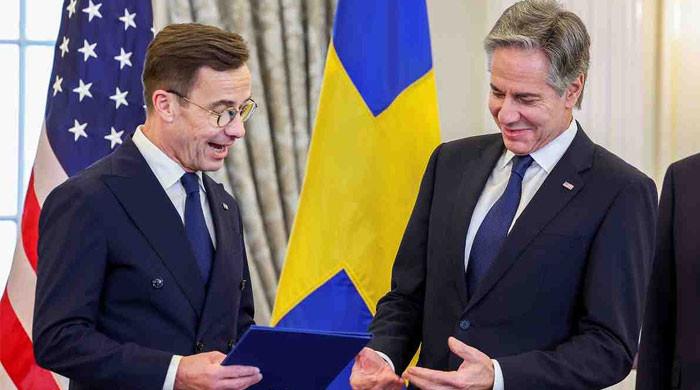- Pezeshkian obtains more than 10 million votes, followed by Jalili's 9.4 million.
- The Islamic Republic registers a participation of 40%, the lowest in its history.
- This will be the second runoff election in Iran since the 1979 revolution.
TEHRAN: Iran is set to hold a second round of presidential elections on July 5 after neither candidate managed to win more than 50% of the vote amid historically low turnout on Friday.
“None of the candidates could obtain an absolute majority of the votes, so the first and second contenders who obtained the most votes will be referred to the Guardian Council for the second round,” said the spokesperson for the Ministry of the Interior, Mohsen Eslami.
The presidential election, which was not due until 2025, was brought forward after the late President Ebrahim Raisi died in a helicopter crash last month.
The polls come amid escalating regional tensions over the war between Israel and Iranian allies Hamas in Gaza and Hezbollah in Lebanon, as well as increased Western pressure on Iran over its rapidly advancing nuclear programme.
With more than 24 million votes counted, moderate lawmaker Massoud Pezeshkian was leading with more than 10 million votes, ahead of hardline diplomat Saeed Jalili with more than 9.4 million votes, the Interior Ministry said on Saturday.
In the second round, Pezeshkian and Jalili will face each other to secure their place as Raisi's successor, as the duo emerged as the frontrunners in yesterday's polls.
Pezeshkian, 69, is a cardiac surgeon who has represented the northern city of Tabriz in parliament since 2008. He served as health minister during the last term of Iran's reformist president, Mohammad Khatami, who held the post from 1997 to 2005 and has endorsed Pezeshkian's candidacy in the current elections.
Meanwhile, Jalili is a former nuclear negotiator and held several senior positions in the country, including in the office of Supreme Leader Ayatollah Ali Khamenei in the early 2000s.
He is currently one of Khamenei's representatives in the Supreme National Security Council, Iran's highest security body.
According to Eslami, Parliament Speaker Mohammad Bagher Ghalibaf received around 3,383,340 votes and Mostafa Pourmohammadi got 206,397 votes.
Of the roughly 61 million eligible voters, some 24.5 million cast ballots, he added, with a turnout of around 40%, the lowest so far in the country's history.
Of the 13 previous presidential elections held in Iran since the 1979 revolution, only one led to a second round in 2005.
The Guardian Council, which vets electoral candidates, had originally approved six contenders.
But a day before the election, two candidates, Tehran Mayor Alireza Zakani and Raisi's vice president Amir-Hossein Ghazizadeh-Hashemi, dropped out of the race.
An urgent challenge facing all candidates is how to address the prevailing economic problems of people struggling to make ends meet.
The next president is not expected to mark any major shift in policy on Iran's nuclear program or support for militant groups across the Middle East, as Khamenei decides major matters of state.
However, the president runs the government on a day-to-day basis and can influence the tone of Iran's foreign and domestic policy.
A hardline watchdog made up of six clerics and six jurists aligned with Khamenei vets the candidates. He approved only six out of an initial group of 80. Two hardline candidates later dropped out.

